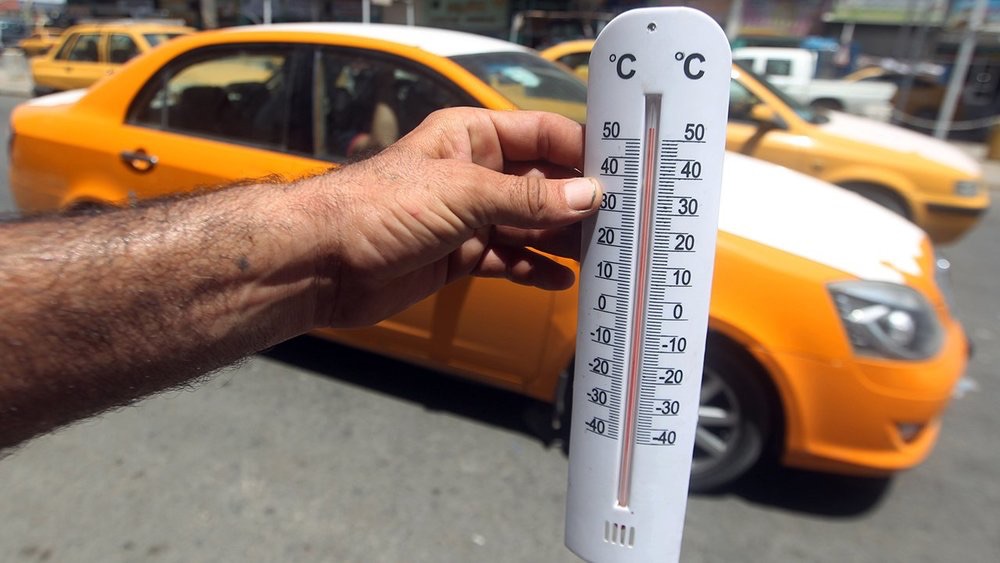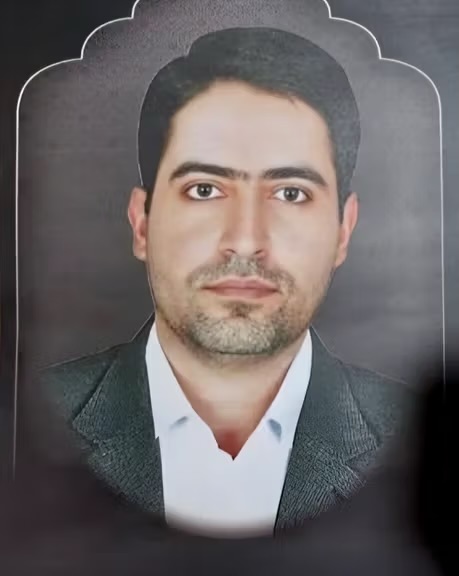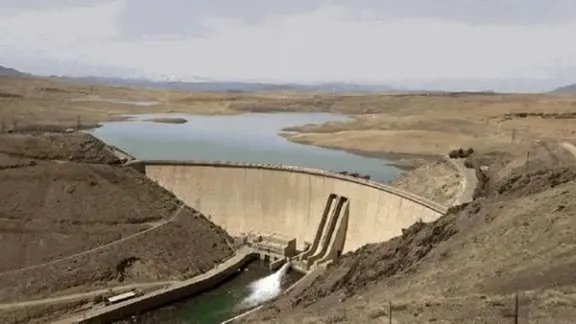
Iran is facing a worsening electricity crisis as prolonged and widespread blackouts disrupt daily life across the country. Citizen reports from cities including Tehran, Pardis, Gorgan, Shiraz, and Ahwaz point to frequent power outages, water shortages, and mounting economic damage.
The impact is particularly severe in Ahwaz, where temperatures regularly soar above 50°C (122°F). The ongoing blackouts not only cut access to basic services like cooling and water supply but also pose serious risks to public health and safety in one of the hottest inhabited regions on Earth.
Despite Iran’s nominal power generation capacity being estimated at 94,000 megawatts (MW), only about 62,000 MW is currently functional. The shortfall of nearly 20,000 MW is largely due to the breakdown of aging thermal power plants and the reduced performance of hydroelectric dams, which have been severely affected by years of drought.
Residents in Ahwaz report living under extreme heat without electricity or water, with power cuts often lasting for hours during peak daytime heat. Local businesses, hospitals, and daily routines are all being severely disrupted, fueling widespread frustration and anger over what many see as years of mismanagement and neglect.
The deepening power crisis underscores the broader infrastructure failures across Iran, with Ahwaz bearing a disproportionate share of the burden due to its harsh climate and decades of underinvestment.


